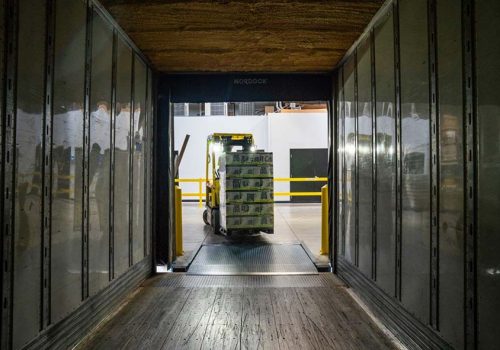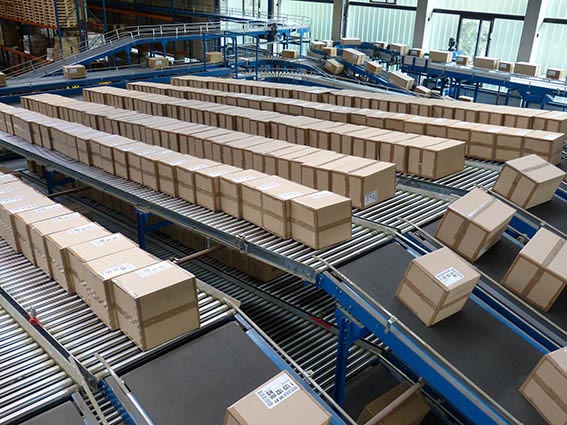Inside Asia Sourcing
Asia accounts for approximately 60% of the global population, and with some of the world’s fastest growing economies, it has developed a broad manufacturing sector over the past three decades. The ability of companies to outsource this business function to Asia across so many categories has not only developed the breadth of outsourcing and the subsequent wider emergence of Brands but also fed the beast of ‘consumerism’ with the import of low-cost products into Western markets. Technology has further accelerated how consumers purchase products and this is now impacting the Asian supply base that has been the stalwart of outsource manufacturing for this past generation.


Strategic Sourcing
China has obviously been at the core of this evolution and has developed sophisticated supply chains across a vast range of product categories. Yet, this China sourcing focus is now being slowly eroded for a myriad of different reasons. These include inflationary pressures on costs, development of new markets (such as Vietnam), heightened protectionism, de-risking of Supplier bases and Sustainability initiatives to state some of the drivers. This is ushering in a new era of ‘Smart Manufacturing’ with some of the largest Asia markets (such as China and India) investing at Government level of technology to aid the efficiency of their respective manufacturing bases for the foreseeable future.

Find The Right Solution For You
We pride ourselves in how we can find the right solution for you. We are constantly addressing issues throughout the product life cycle, from development through to delivery. These include a range of factors such as quality assurance, factory certifications, product innovation, financial terms, minimum order quantities, supplier capacity, working capital management, product quality inspection protocols, sustainability initiatives, cost analysis and stock holding requirements. We therefore understand the landscape, the context, and are well placed to address any problems when they arrive – we like to take the view that a problem is not a problem when identified early, it just requires a solution, which is something that we pride ourselves on. Our teams are well adept at dealing with companies of all sizes. We know the different touch points of companies throughout their growth cycle and dedicate resource accordingly.
 We have a good track record of partnering with start-ups, for example. We are happy to commit resource and hand hold companies that we see scalability in and guide them through our process and provide the reassurance that a business of that size requires. Similarly, we have a track record of working with companies already generating millions of dollars in turnover but have identified the need to leverage the expertise and experience of a sourcing company such as ET2C.
We have a good track record of partnering with start-ups, for example. We are happy to commit resource and hand hold companies that we see scalability in and guide them through our process and provide the reassurance that a business of that size requires. Similarly, we have a track record of working with companies already generating millions of dollars in turnover but have identified the need to leverage the expertise and experience of a sourcing company such as ET2C.
